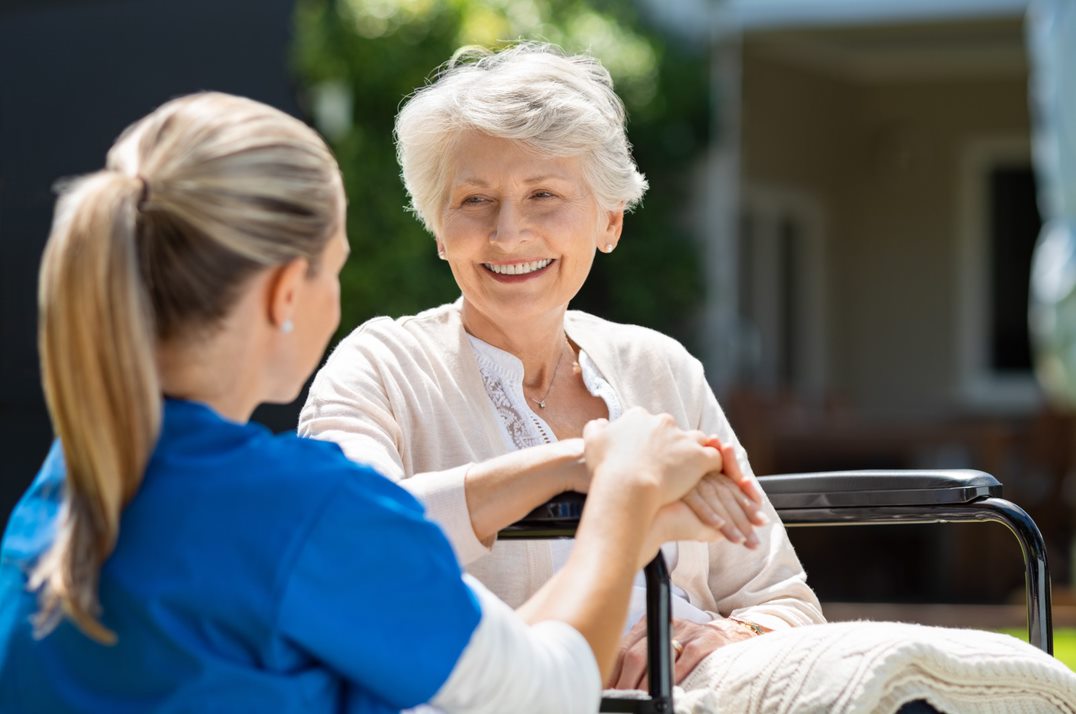6 Simple Techniques For Dementia Fall Risk
6 Simple Techniques For Dementia Fall Risk
Blog Article
Fascination About Dementia Fall Risk
Table of ContentsNot known Details About Dementia Fall Risk Dementia Fall Risk Things To Know Before You Get ThisDementia Fall Risk Things To Know Before You BuyDementia Fall Risk for BeginnersThe Ultimate Guide To Dementia Fall Risk
In the neighborhood, insufficient street illumination or unsafe creeks and land fills might also trigger crashes. Autumns Threat Evaluation Tool (FRAT) is a 4-item falls-risk screening tool for sub-acute and residential treatment. The FRAT has three areas: drop risk status, threat element list, and activity strategy. A Loss Threat Status consists of information concerning background of recent drops, medications, emotional and cognitive status of the person.If the person scores on a danger element, the corresponding number of factors are counted to the individual's fall danger rating in the box to the far. If a client's fall threat score totals five or greater, the individual is at high danger for drops. If the client scores only four factors or reduced, they are still at some danger of dropping, and the nurse should utilize their finest scientific assessment to handle all loss danger factors as component of a holistic care strategy.
These conventional strategies, in general, help establish a risk-free atmosphere that lowers unintended drops and marks core preventive measures for all patients. Indicators are essential for individuals at threat for falls.
Dementia Fall Risk Things To Know Before You Get This
Wristbands should consist of the client's last and initial name, day of birth, and NHS number in the UK. Just red color must be made use of to signal special client status.
Items that are also much might require the patient to connect or ambulate unnecessarily and can potentially be a threat or add to drops. Aids protect against the patient from heading out of bed with no support. Nurses reply to fallers' phone call lights extra rapidly than they do to lights initiated by non-fallers.
Aesthetic problems can substantially trigger falls. Maintaining the beds closer to the flooring minimizes the risk of drops and severe injury. Positioning the mattress on the floor dramatically minimizes fall threat in some healthcare setups.
What Does Dementia Fall Risk Do?
Clients who are high and with weak leg muscle mass that try to remain on the bed from a standing placement are likely to fall onto the bed because it's too reduced for them to reduce themselves safely. Also, if a high person attempts to get up from a reduced bed without help, the patient is most likely to fall back down onto the bed or miss the bed and fall onto the floor.
They're navigate to this site created to promote prompt rescue, not to protect against drops from bed. Audible alarms can also remind the client not to stand up alone. Using alarm systems can likewise be a replacement for physical restrictions. In addition to bed alarm systems, boosted guidance for risky clients also might assist protect against drops.

Patients with a shuffling stride increase autumn possibilities check this site out substantially. To reduce loss risk, footwear need to be with a little to no heel, slim soles with slip-resistant walk, and support the ankle joints. Suggest person to utilize nonskid socks to prevent the feet from moving upon standing. Motivate people to use appropriate, well-fitting shoesnot nonskid socks for ambulation.
The Only Guide to Dementia Fall Risk
People, especially older adults, have reduced aesthetic capacity. Illumination an unknown setting aids raise visibility if the patient must obtain up at evening. In a study, homes with ample lighting report less falls (Ramulu et al., 2021). Enhancement in lighting in your home may minimize loss rates in older grownups (Dementia Fall Risk). The use of gait belts by all healthcare companies can advertise safety and security when assisting people with transfers from bed to chair.

Caretakers work for ensuring a safe and secure, safeguarded, and safe atmosphere. However, research studies demonstrated extremely low-certainty evidence that sitters minimize loss risk in intense treatment health centers and just moderate-certainty that options like video clip monitoring can lower sitter usage without enhancing fall risk, recommending that sitters are not as useful as initially thought (Greely et al., 2020).
The Single Strategy To Use For Dementia Fall Risk

Raised physical conditioning lowers the risk for drops and limits injury that is received when loss transpires. Land and water-based workout programs might be in a similar way helpful on balance and stride and therefore decrease the threat for falls. Water exercise may contribute a favorable benefit on balance and stride for females 65 years and older.
Chair Surge Workout is a basic sit-to-stand exercise that assists reinforce the muscles in the upper legs and butts and boosts mobility and independence. The goal is to do Chair Increase exercises without using hands as the customer becomes more powerful. See resources area for a comprehensive guideline on exactly how to do Chair Rise workout.
Report this page